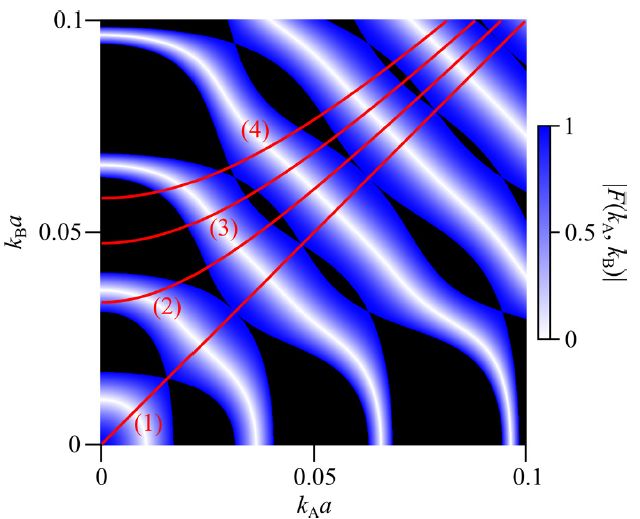V. V. Kruglyak, C. S. Davies, V. S. Tkachenko, O. Yu. Gorobets, Yu. I. Gorobets and A. N. Kuchko
We report a theoretical study of the spin-wave band spectrum of magnonic crystals formed by stacking thin-film magnetic layers, with general assumptions about the properties of the interfaces between the layers. We find that the band gaps are a ubiquitous attribute of a weakened interlayer coupling and a finite interface anisotropy (pinning). The band gaps in such systems represent a legacy of the discrete spin-wave spectrum of the individual magnetic layers periodically stacked to form the magnonic crystal rather than resulting from Bragg scattering. At the same time, magnonic crystals with band gaps due to the Bragg scattering can be described by natural boundary conditions (i.e. those maintaining continuity of the magnetization direction across the whole sample). We generalize our conclusions to systems beyond thin-film magnonic crystals and propose magnonic crystals based on the ideas of graded-index magnonics and those formed by Fano resonances as a possible way to circumvent the discovered issues.

Fig.1. A typical spectral map is shown with a set of lines ofspectra for exchange spin waves, both in coordinates kAa, kBa.The map is plotted using natural boundary conditions (see the text) for 1D magnonic crystal.

